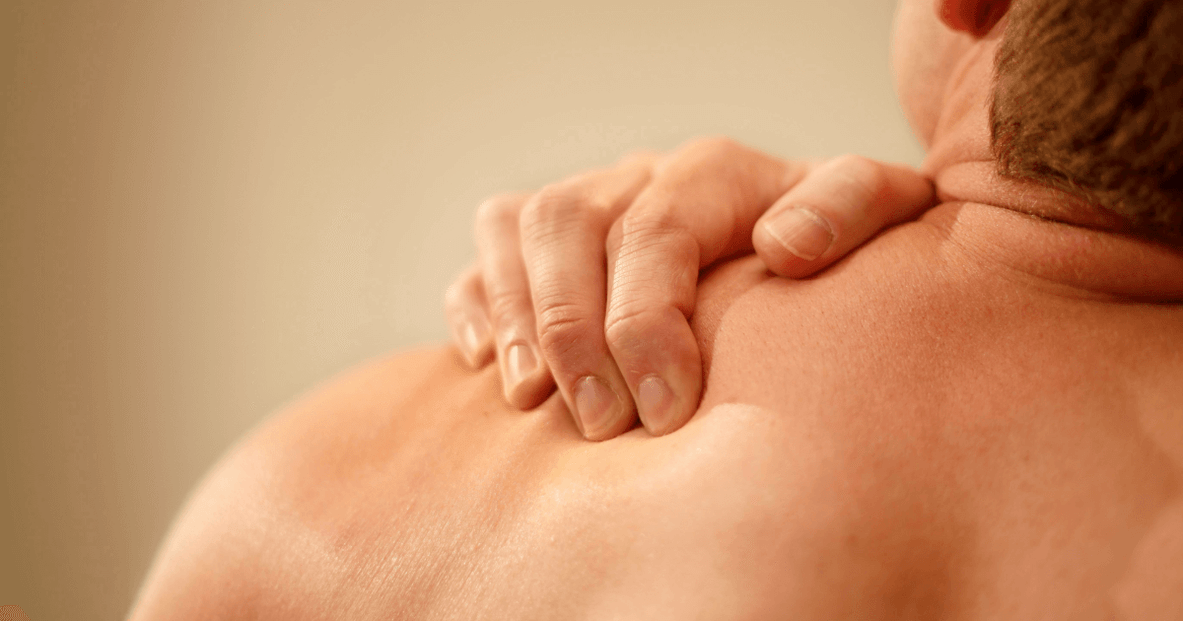Back pain is a symptom of over 20 illnesses. These are cardiovascular and nervous diseases. To establish an accurate diagnosis, it is necessary to consult a neurologist, cardiologist, pass some tests and take tests. Once the diagnosis has been established, treatment must be started immediately, as the delay can aggravate the condition.
Back pain may appear in the spine, under the scapula, under the ribs, and in the lower back.

Back pain is also of different location:
- neck pain;
- chest pain;
- back pain;
- pain in the pelvic region;
- pain in the coccyx.
Pain sensations may be local or radiate to the limb, under the shoulder blade, to the shoulder.
Patients characterize their pain as painful, sharp, stabbing and stinging. This mainly refers to pain in the chest and lower back.
Causes of Back Pain
With many spinal disorders and pinched nerve endings, the back can hurt. But, these diseases are often and for a long time not felt. Pain arises in the case of a provocative factor, in which the illness appears to awaken from hibernation. So you need to take painkillers and treat the disease itself.
causes of pain
- Long-term muscle tension.
- Severe physical overload.
- Prolonged unchanged body position. The person sits or stands for a long time, without changing the position of the body, without warming up.
- Spinal injury.
- Hypothermia of the body.
What Contributes to Back Pain
- rachiocampsis;
- little physical activity;
- incorrect lifting of weight;
- inappropriate furniture that causes discomfort in the spine;
- hormonal imbalance.
Diseases that cause back pain
- Spinal osteochondritis.
- Myositis of the spinal muscles.
- Neuralgia.
- Radiculitis in the lower back.
Symptoms of Back Pain Diseases

Spinal osteochondritis
This is an inflammation of the intervertebral discs, where deformation occurs.
Pain in osteochondrosis is painful, which does not allow for a long time to support physical activity. Painful sensations sometimes subside and reappear in unpleasant circumstances. In severe cases, a herniated disc develops. Back pain gets worse. The patient is temporarily unable to work.
Back muscle fiber myositis
Sharp pain increases with deep breathing or when moving. It turns out that pain does not allow the person to fall asleep. Sometimes the temperature rises a little, the patient trembles. Sore muscles thicken and hurt when palpated.
intercostal neuralgia
Causes continuous pain. Pain is worse when the person is breathing deeply, sneezing, or coughing. The pain appears to involve the spine, radiating between the ribs. On palpation, the muscles are not tense but sore. Along with intercostal neuralgia, pain occurs in angina pectoris and myocardial infarction. In this case, the pain radiates to the heart.
lumbosacral sciatica
With lumbosacral spine inflammation, pain can be caused in the leg or gluteal muscle. Muscle spasms occur. Painful pains are interrupted by sharp pains. With such severe pain, the patient cannot move and sits still.
During an attack of neuralgia, he is numb from the painful shock. It turns out that with pain there can be numbness, a burning sensation, or a slight tingling sensation. People call this condition lumbago.
How to treat back pain caused by spinal disorders?
- With pain, the patient needs to move as little as possible.
- Sleep on a comfortable, firm mattress.
- Take anti-inflammatories, they are released in pills and ampoules. For severe pain, injections are given. The ointment should be applied not only to the pain dislocation site, but also to the surrounding tissue. An ointment containing bee or snake venom is only used where it hurts.
- Preparations with a heating effect. They improve blood circulation and relieve pain. The use of mustard plasters also helps.
- Physical therapy procedures such as electrophoresis and ultrasound help. Sometimes acupuncture is used.
- For severe back pain caused by sciatica or neuralgia, pain relievers are taken. Or they do a novocaine block.
- B vitamins are prescribed in the form of injections. So you can take pills.
Back pain is caused by diseases of the internal organs. An accurate diagnosis can only be established by a physician with a thorough examination.
How to Treat Back Pain in Remission:
- special exercises;
- a regimen of orderly work and rest;
- inadmissibility of heavy physicist;
- physiotherapy;
- sanatorium treatment;
- the use of B vitamins. They improve nutrition in inflamed tissues and soothe them.
- the use of anti-inflammatory drugs;
- with a herniated spine, an operation is sometimes prescribed in the neurosurgery department.
Any disease is easier to prevent than cure. To avoid spinal disorders, the following rules must be observed.
- monitor your posture
- Do not lift heavy objects.
- To live an active lifestyle.












































